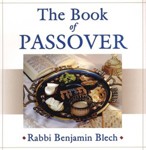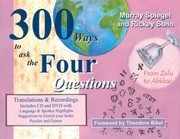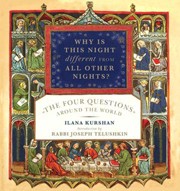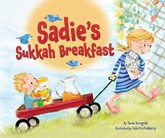“Whoever elaborates on the story of the Exodus deserves praise.” David Arnow, psychologist and co-editor of My People’s Haggadah, deserves much praise for compiling a treasury of Passover material to enrich any seder. The first edition, published in 2004, grew out of supplements Arnow composed for his family’s seders. This expanded edition, with new chapters, continues Arnow’s exploration of every aspect of the seder. The chapter on Dayenu lifts it from a rousing song to a summary of the Exodus, built around the number fifteen and its significance in Jewish tradition. Similarly, Arnow brings both medieval scholars and Shmuel Agnon and Yehuda Amichai to comment on Chad Gadya. A chapter on the seder plate opens up the question of where to place what, and Arnow finds Moses in the Haggadah despite the fact that he is not named. The chapters from the first edition are equally expansive, notably the controversial “pour out your wrath” and the figure of Elijah; the archeologic evidence for the Exodus and how it could have entered Jewish tradition; and midrashim that bring women into the story.
This is a book to be consulted, not read from cover to cover. Taking his directions from the Mishnah’s brief chapter on the sparse ritual requirements of the seder and its stress on instructing children, Arnow encourages discussion as a means to better understand the festival. He suggests elaborating on one topic a year and outlines formats that encourage discussion, such as distributing passages to participants ahead of time and gathering before the seder for an activity or a conversation about a passage.
However readers choose to use the material, there is enough here for a lifetime of thought-filled seders. As I read the book, I found myself marking passages that I might insert into a seder or that were personally valuable and informative. The great range of material, from the rabbis through medieval scholars to contemporary commentators, not only provides these opportunities but also underlines the remolding of the Exodus story to fit the time and place of its retelling. If you do not have the first edition, you will be rewarded with this expanded version; if you own the earlier edition, you know the possibilities that Arnow’s research provides. Appendixes, index, notes, select bibliography.
Maron L. Waxman, retired editorial director, special projects, at the American Museum of Natural History, was also an editorial director at HarperCollins and Book-of-the-Month Club.





